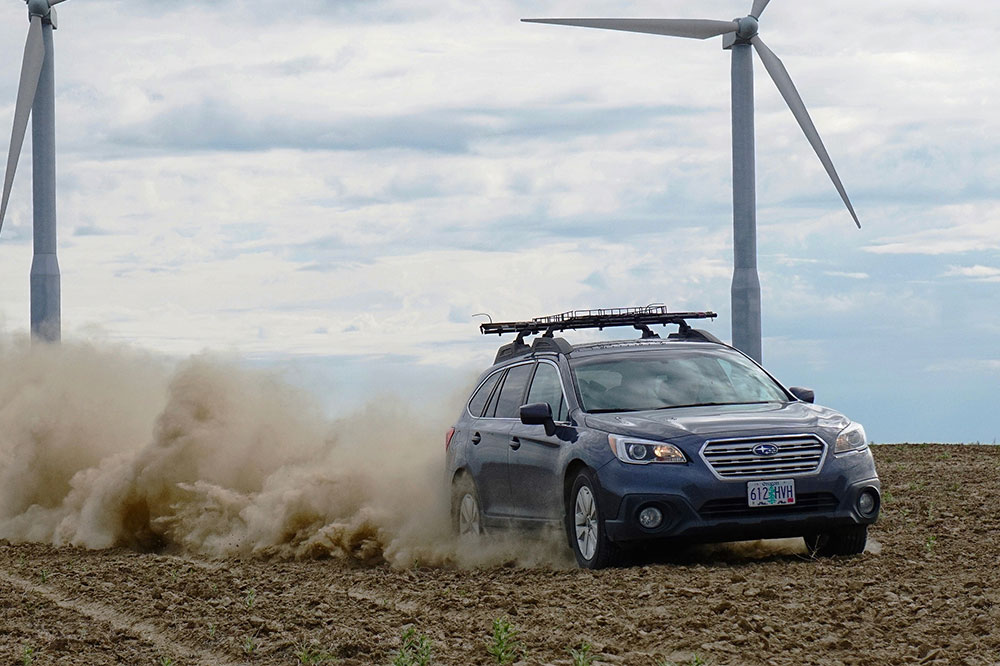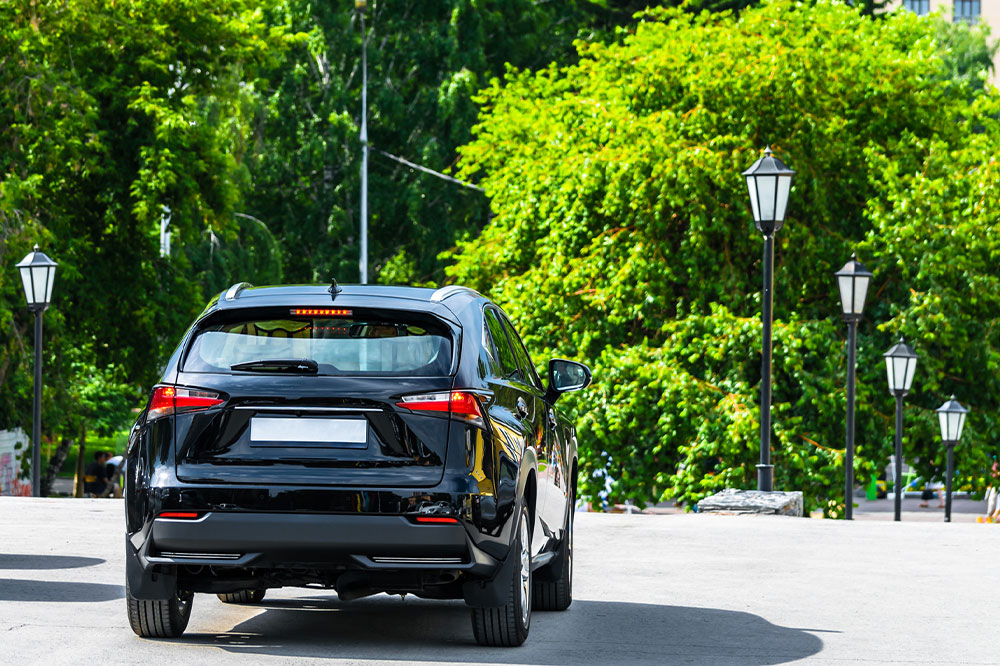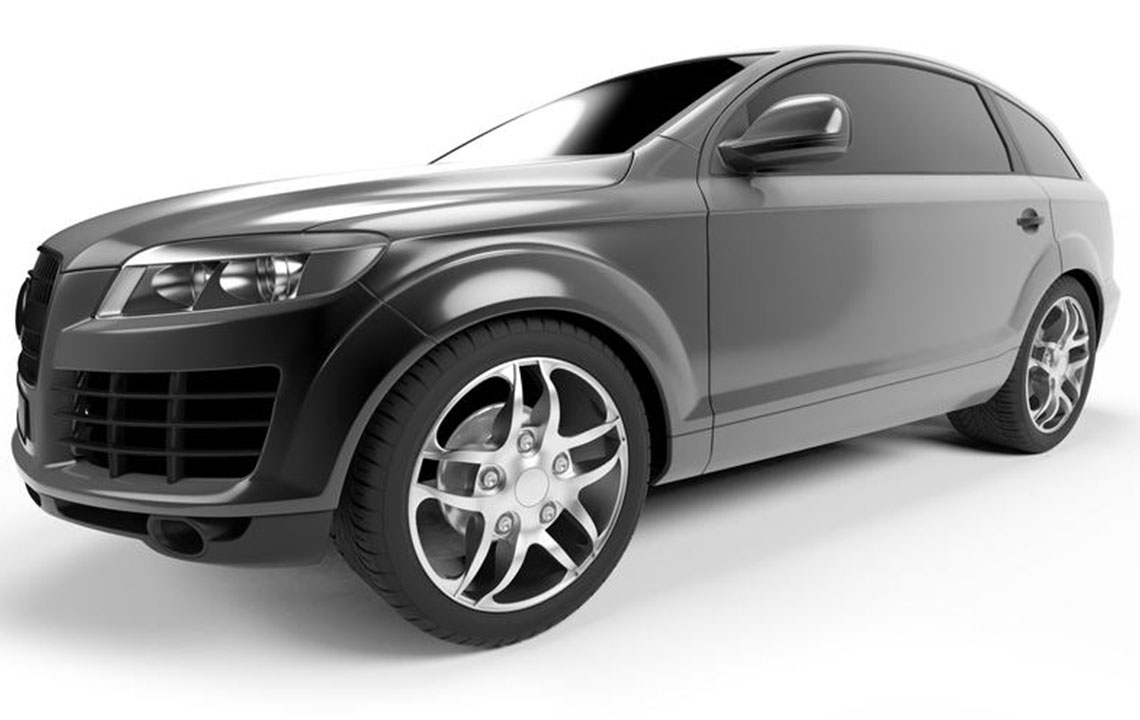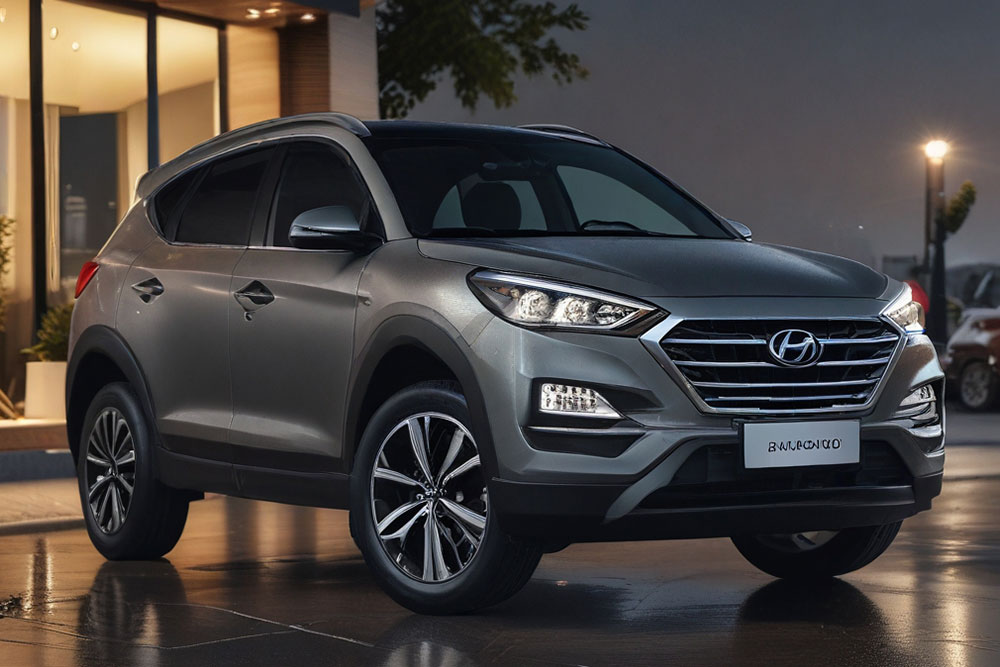Ultimate Buying Guide for New and Used SUVs: Everything You Need to Know
This extensive SUV buying guide offers detailed insights into choosing between new and used models. It covers vehicle types, safety features, towing capacity, and top models from 2020. Perfect for buyers seeking a versatile, safe, and reliable vehicle tailored to their needs, whether for family, off-road adventures, or daily commuting.

Comprehensive Advice for Selecting the Ideal SUV
Sport Utility Vehicles (SUVs) have experienced a remarkable surge in popularity over recent years, transforming from niche off-road vehicles to mainstream choices for families, adventurers, and daily commuters alike. Modern SUVs seamlessly blend style, utility, and performance, offering consumers a vehicle that can cater to diverse needs—from comfortable city driving to rugged off-road adventures. This comprehensive guide aims to help prospective buyers navigate the complex landscape of SUV options, whether considering a brand-new model or a dependable used vehicle, with detailed insights into key features, comparison points, and top recommendations.
We analyze the pros and cons of new versus used SUVs and review the top models from recent years, including 2020 favorites. Discover essential factors to evaluate before making your purchase, ensuring you select an SUV perfectly suited to your lifestyle and budget.
Key Considerations When Buying an SUV
Vehicle Size and Type
SUVs come in multiple sizes, each catering to different user requirements and financial budgets. Sub-compact models, such as the Ford EcoSport or Mazda CX-3, are ideal for city dwellers seeking easy maneuverability and fuel efficiency, but they tend to have limited cargo space. Compact and small SUVs, like the Honda CR-V or Hyundai Tucson, strike a balance between size and versatility, offering flexible interior arrangements and modest off-road capabilities. Midsized and full-sized SUVs, including the Kia Telluride, Chevrolet Traverse, and Cadillac XT6, are best suited for larger families or those needing more cargo capacity and towing power. These vehicles are equipped to handle extended trips and diverse terrains, making them highly versatile options.
Pricing can vary significantly based on size, features, and trim levels, generally falling within the $20,000 to $80,000 range. High-end luxury models with advanced features tend to be at the upper end of this spectrum, while basic trims offer an accessible entry point for budget-conscious buyers.
Seating and Passenger Capacity
Most SUVs comfortably seat five passengers, but many midsized and full-sized models increase capacity by providing a third row. Vehicles like the Kia Sorento or Chevrolet Traverse offer third-row seating, expanding capacity to eight. While these seats significantly boost passenger capacity, they often fold down to expand cargo space when not in use, providing a flexible interior layout. Keep in mind that occupying all seats may reduce available trunk space, so consider your typical use case when choosing models with third-row seating.Cargo Capacity and Versatility
Adequate cargo space is essential, especially for those hauling sports gear, luggage, or bulky items. Many SUVs feature foldable second- and third-row seats to maximize versatility. Split-fold seats allow users to fold down portions of the seats for partial cargo-carrying and passenger seating, balancing interior utility. Certain luxury SUVs go further by incorporating features like power-operated tailgates, adjustable air suspension systems for easier loading, and innovative storage compartments. Evaluating trunk dimensions and seat foldability options helps ensure your chosen SUV aligns with your cargo needs.Drive Systems: Understanding FWD, AWD, and 4WD
The drive system profoundly impacts vehicle handling, safety, and off-road capability. Front-Wheel Drive (FWD) is typical in many SUVs, offering good traction in normal driving conditions and better fuel economy. All-Wheel Drive (AWD) systems distribute power to all four wheels automatically, providing enhanced control and stability, especially in adverse weather conditions such as rain or snow. Four-Wheel Drive (4WD) systems, particularly truck-based models, are designed for off-road and rugged terrain use. Full-time 4WD offers constant power to all wheels, while part-time 4WD allows drivers to switch modes depending on terrain. Low-range gearing in 4WD systems delivers superior torque for steep inclines, rocky trails, or deep snow—making these ideal for serious off-road excursions. Understanding your typical driving environment helps in selecting the appropriate drive system.Advanced Safety Features and Driver Assistance
Modern SUVs come equipped with a suite of safety and driver assistance technologies designed to protect occupants and prevent accidents. Standard features include Forward Collision Warning (FCW), which alerts drivers to potential front-end impacts, and Automatic Emergency Braking (AEB) that can intervene to reduce or avoid a collision. Blind Spot Warning (BSW) systems help detect vehicles in adjacent lanes, preventing lane-change mishaps. Additional advanced options enhance safety further: Lane Departure Warning and Lane Keep Assist maintain proper lane discipline; Rear Cross-Traffic Alert warns of approaching vehicles when backing out of parking spaces; and telematics systems provide connectivity for emergency support. When evaluating SUVs, prioritizing these safety features ensures a safer driving experience for everyone onboard.Towing Capabilities and Practical Utility
Towing capacity is a critical factor for those planning to haul trailers, boats, or campers. Truck-based SUVs, such as the Chevrolet Tahoe or Ford Expedition, often boast towing capacities upwards of 9,000 pounds, making them suited for heavy-duty tasks. Midsize SUVs like the Hyundai Santa Fe or Subaru Outback typically handle up to 3,500 to 5,000 pounds, sufficient for most recreational trailers or small boats. When choosing an SUV for towing, consider not only the maximum capacity but also the availability of towing packages, trailer sway control, and integrated hitch systems. Accurate assessment of your towing needs helps in selecting an SUV that provides both power and reliability.New Versus Used SUVs: Weighing the Options
Purchasing a new SUV guarantees access to the latest safety features, technology upgrades, and full warranty coverage. Newly released models often incorporate improved fuel efficiency, advanced infotainment systems, and modern driver-assistance features, providing peace of mind and enhanced driving comfort. However, new SUVs depreciate rapidly—losing approximately 20-30% of their value within the first year and up to half their value over two to three years. Used SUVs, on the other hand, offer significant savings; they can be more affordable and hold their value better over time, particularly if they have been well maintained. When considering used vehicles, thorough inspections and reviewing maintenance history are imperative to avoid buying vehicles with prior damage or excessive wear. Certified pre-owned (CPO) options can offer added assurance via manufacturer-backed warranties and thorough inspections.Highlighting Top SUVs From 2020
Here are some standout SUVs from the year 2020 that continue to impress buyers today:
Volvo XC40 - Known for its safety, advanced features, and Scandinavian design
Kia Telluride - Award-winning for its value, interior space, and comfort
Cadillac XT6 - A luxury option with high-tech amenities and strong performance
Chevrolet Trax - Compact, efficient, and perfect for urban driving
Honda CR-V - Popular for reliability and fuel economy
Hyundai Palisade - Spacious, feature-rich, and family-friendly
Ford EcoSport - Compact size with impressive maneuverability
Mazda CX-3 - Stylish and fun to drive with efficient performance
Jeep Renegade - Off-road capabilities with modern design
Chevrolet Traverse - Midsize SUV with a spacious interior and solid performance
This guide aims to equip consumers with comprehensive knowledge to make informed SUV purchases. Whether opting for a new model or choosing a reliable used vehicle, understanding key features, safety options, and your specific needs ensures a satisfying and value-driven investment. Keep in mind that the variety of options means that diligent research and comparison are essential for finding the perfect SUV tailored to your lifestyle.





